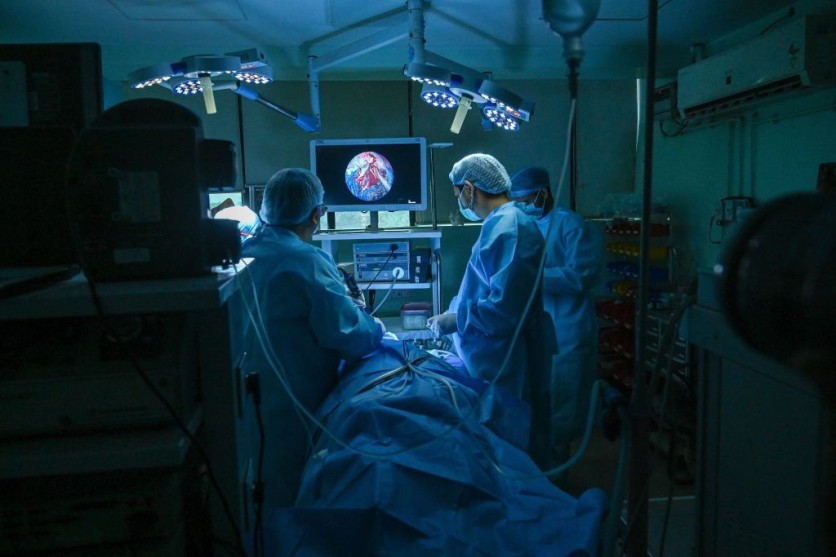Doctors in the United States have achieved a major milestone by successfully conducting a robotic liver transplant procedure. This took place at Barnes-Jewish Hospital, signifying a remarkable advancement in the field of medical surgery.

Achieving Remarkable Advancement in Medical Surgery
The first robotic liver transplant in the United States was recently carried out by a surgical team at Washington University School of Medicine in St. Louis. Interesting Engineering reported that this groundbreaking transplant took place in May at Barnes-Jewish Hospital and brings the benefits of minimally invasive robotic surgery to liver transplants.
By using smaller incisions, patients experience less pain, recover faster, and surgeons have the precision required for one of the most complex abdominal procedures. The recipient of the liver transplant, a male in his 60s, had liver cancer and cirrhosis resulting from the hepatitis C virus. Thankfully, his recovery has been remarkable, and he has returned to his regular daily routines.
As per transplant surgeon and team leader Adeel Khan, MD, the transplantation procedure was a resounding success, which was marked as a smooth operation, prompt functionality of the newly transplanted liver, and complication-free recovery for the patient.
"This is one of the most complex abdominal operations and heavily relies on a specialized team for good outcomes. We are very fortunate to have the support needed to develop a world-class robotic-transplant team that allows us to safely perform complex operations. This team is a big part of our success," he added.
Usual Liver Transplantation
Liver transplant recipients usually take at least six weeks to walk without experiencing any discomfort. However, this patient surpassed expectations by not only walking effortlessly just one month after the surgery but also receiving clearance to resume activities such as golfing and swimming.
According to the released statement from the medical school, this is traditionally performed as an open procedure with a surgeon making a 3- to 4-inch vertical and 12- to 16-inch horizontal incision below the rib cage in order to remove the diseased liver from the patient and replace it with a healthy one.
Also Read : Microplastic Pollutants Found Inside Human Organs Such As Kidneys, Liver, Spleen, and Lungs
Minimal Invasive Surgery
Transplant surgeons have been pushing for a transition towards a minimally invasive approach to the procedure. The new process will involve utilizing smaller incisions, which generally leads to reduced pain and quicker recoveries.
However, New Atlas reported that it has been commonly believed that most transplant surgeries, including liver transplants, are too intricate to be performed using minimally invasive methods such as laparoscopy or robotics, presenting significant challenges.
There is also a possibility that artificial intelligence might operate the machinery as the developers currently explore this idea and maybe the next frontier in robotic surgery advancements.
Related Article : Cancer Patient's Liver Preserved Outside the Body for 3 Days to Repair, Transplant is a Success After a Year

![Apple Watch Series 10 [GPS 42mm]](https://d.techtimes.com/en/full/453899/apple-watch-series-10-gps-42mm.jpg?w=184&h=103&f=9fb3c2ea2db928c663d1d2eadbcb3e52)



